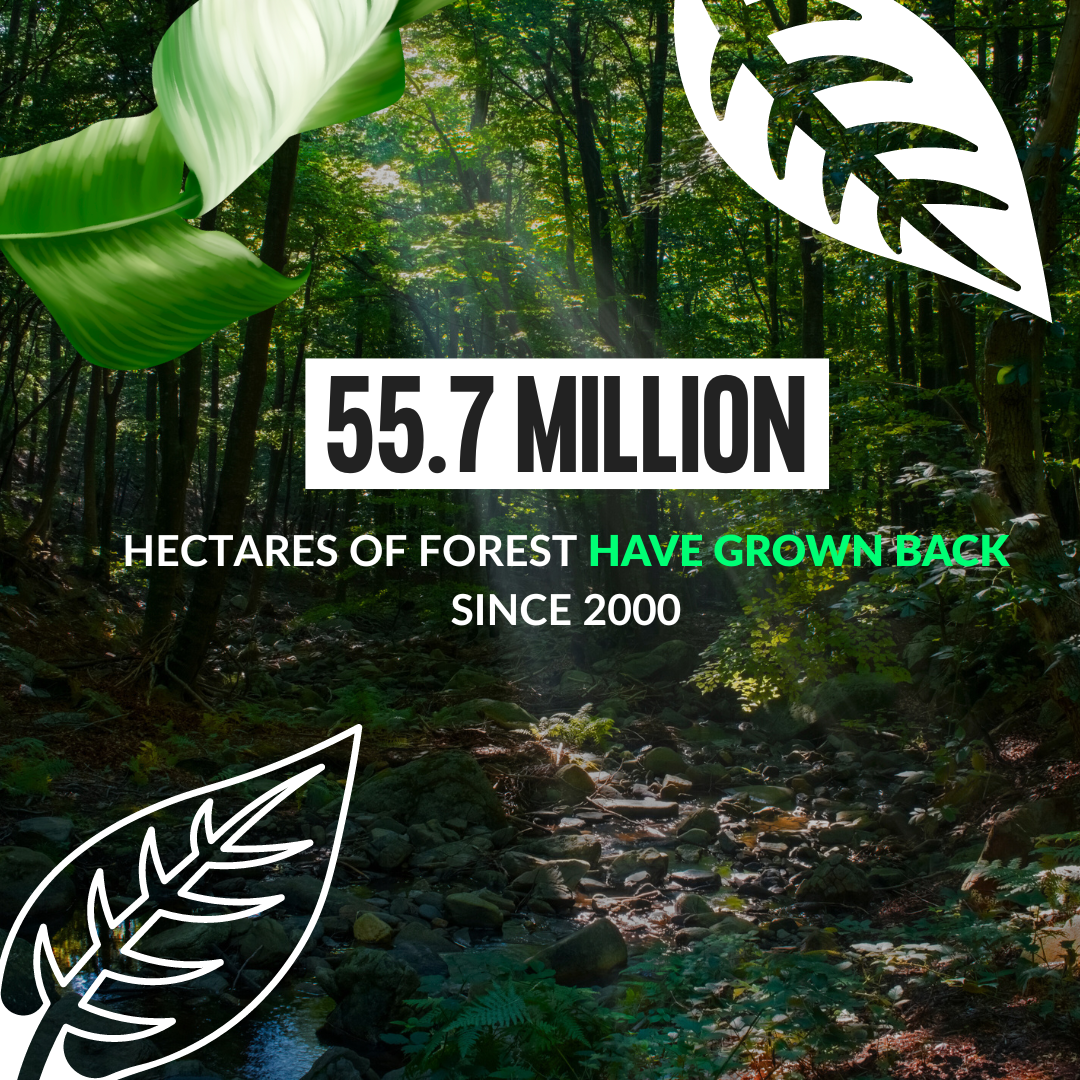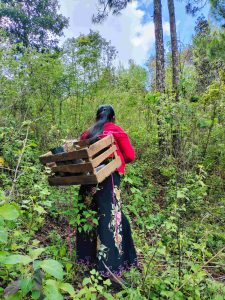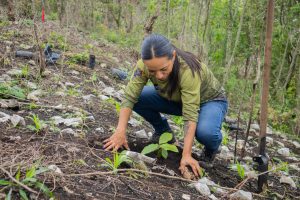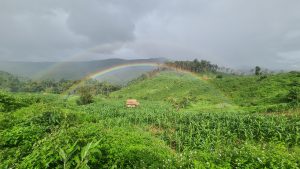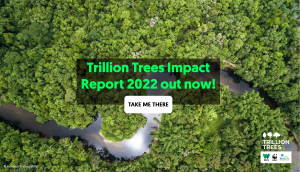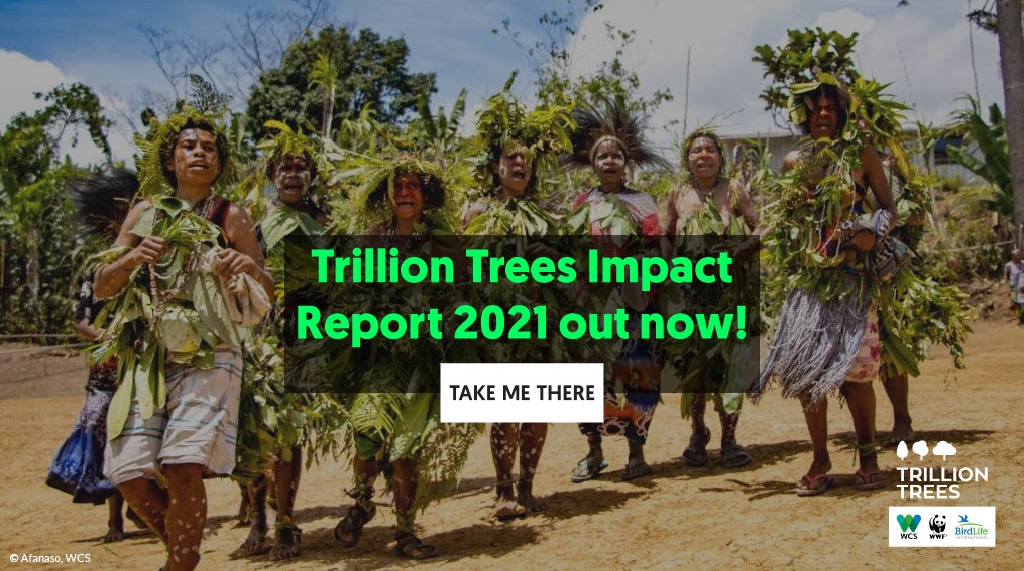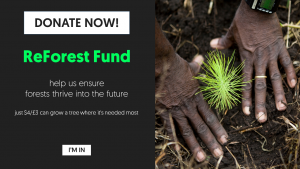Over 55 million hectares of forests - an area larger than mainland France* - has regrown since 2000, according to a research study published in Environmental Research Letters.
Mapping global forest regeneration--an untapped potential to mitigate climate change and biodiversity loss helps provide a valuable picture of the areas where focusing forest restoration efforts could be most beneficial. It is part of a two-year research project, which involved examining more than 30 years’ worth of satellite imaging data and surveying experts with on the ground knowledge of more than a hundred sites in 29 different countries.
John Lotspeich, Executive Director of Trillion Trees said: “It is now clear that simply protecting the forests we still have is no longer enough to meet our climate goals and slow the catastrophic effects of climate change and nature loss. We must both halt deforestation and restore natural forests.”
“Enabling our forests to regenerate at the ‘forest frontier’, where natural habitats can have a chance to recover, is one of the best ways to see swift progress and deliver impact for people, nature and climate.”
The research points to the Atlantic Forest as one of the success stories for regeneration, where an estimated 4.2 million hectares across Brazil – an area roughly the size of the Netherlands – has regrown since 2000, through a combination of planned projects to restore the forest, more responsible industry practices and other factors including migration trend towards cities.
In the boreal forests of Mongolia’s northern wilderness, the study suggests that 1.2 million hectares of forest have regenerated in the last 20 years, in part thanks to the work of Trillion Trees partner WWF, and increased emphasis from the Mongolian government on protected areas. Other regeneration hotspots include central Africa and the boreal forests of Canada.
William Baldwin-Cantello, Director of Nature-based Solutions at WWF said:
“The science is clear: if we are to avoid dangerous climate change and turn around the loss of nature, we must both halt deforestation and restore natural forests.
“We’ve known for a long time that natural forest regeneration is often cheaper, richer in carbon and better for biodiversity than actively planted forests, and this research tells us where and why regeneration is happening, and how we can recreate those conditions elsewhere.
“But we can’t take this regeneration for granted – deforestation still claims millions of hectares every year. To realize the potential of forests as a climate solution we need support for regeneration in climate delivery plans and to tackle the drivers of deforestation, which in the UK means strong domestic laws to prevent our food causing deforestation.”
Naikoa Aguilar-Amuchastegui, former Senior Director of Forest Carbon Science at WWF, who led the data analysis team said:
“Even though this is an exploratory effort, it still highlights the potential that enabling and consolidating regeneration has for mitigating climate change and securing its biodiversity benefits. However, this remains difficult to map and a lot of additional work lies ahead.”
Primed with more detailed intelligence about regeneration opportunities, Trillion Trees plans to invite local partners and green funders to help facilitate new landscape restoration ventures, focusing on areas offering the maximum benefit for vulnerable ecosystems and local communities.
*France has a total area of 549,087 km² (212,004 mi²). 55m hectares = 550,000 km

